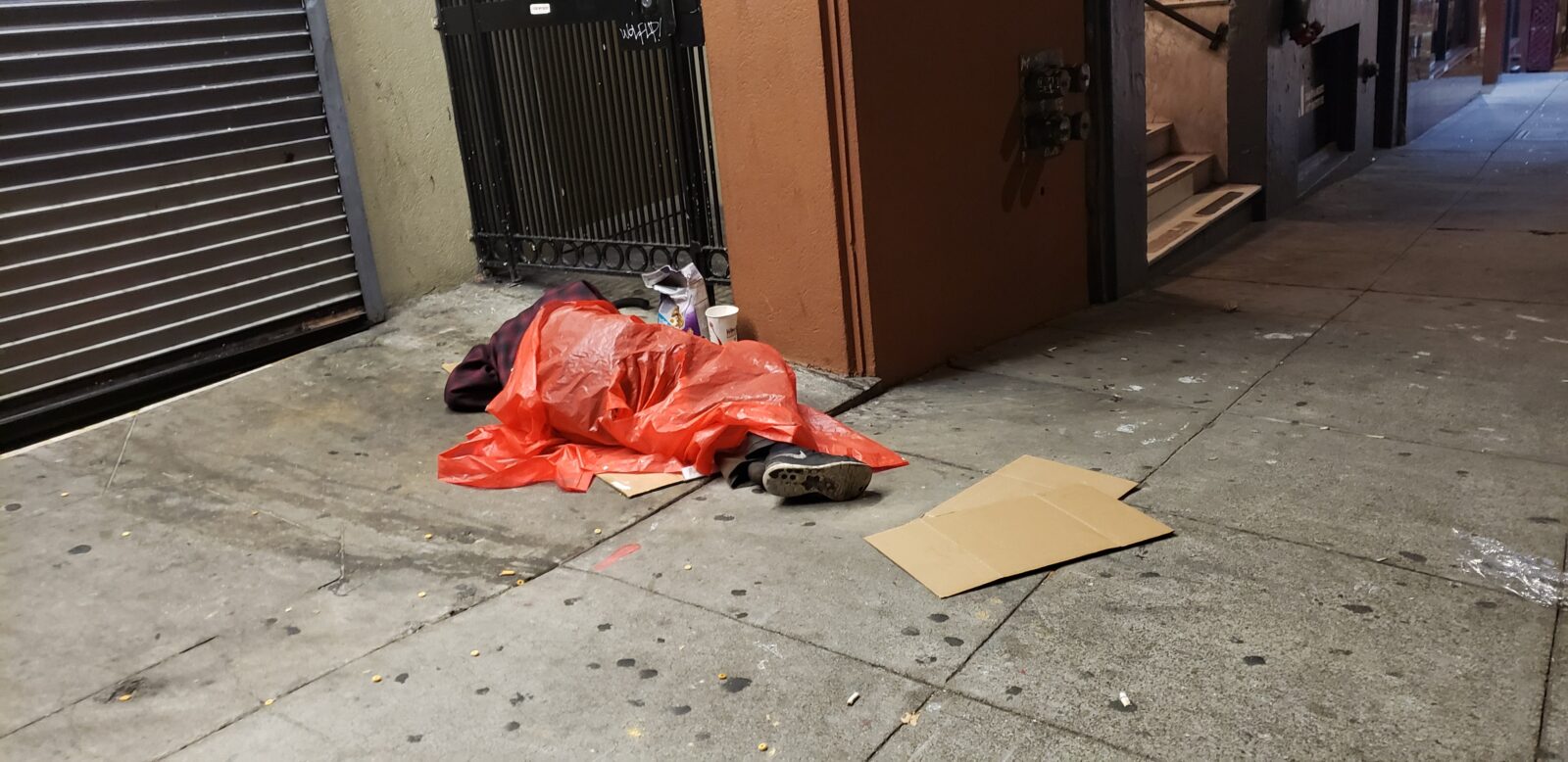


Forced Homelessness of an Ethnic Group

Emmaus House: a Christian Alternative

A Small City Homeless Shelter Faces Internal and External Problems

The Swirling Killer Tornado

The Middle of the Country

Diving Into Numbers

What Price is Personal Autonomy?

Sunday Morning Medications

Searching for solutions
In July, walking around the fifty blocks of the Tenderloin, San Francisco’s fentanyl epicenter, I often saw notes like this one posted on lampposts: “Mimi—5’, 100 lbs.—we miss you terribly. Please call any family member. Please call 202 [number].” The Mimis are often hidden in tents, but even for a first-time visitor like me, the dealers and their deals were highly visible. Dealers, often teenagers in clean Nikes, walked alongside potential buyers. They did not just stand at particular corners, as a great streaming television series based in Baltimore, The Wire, showed: These dealers floated up and down a block. Police say they are independent contractors, trying to establish their own clientele, and earning $300 or more on an average Read More ›